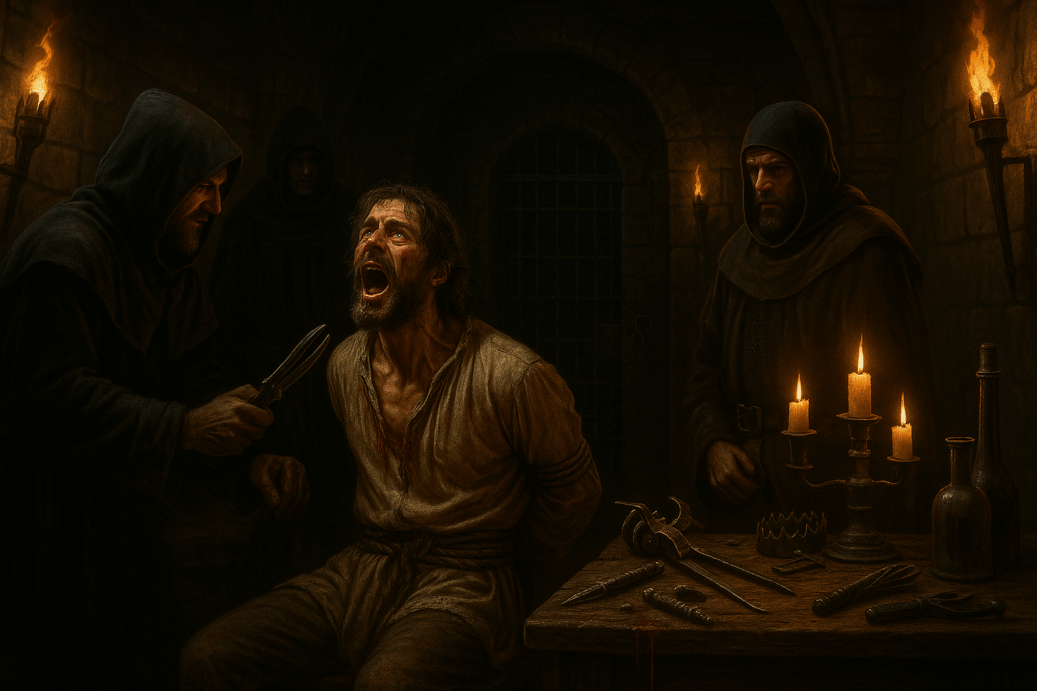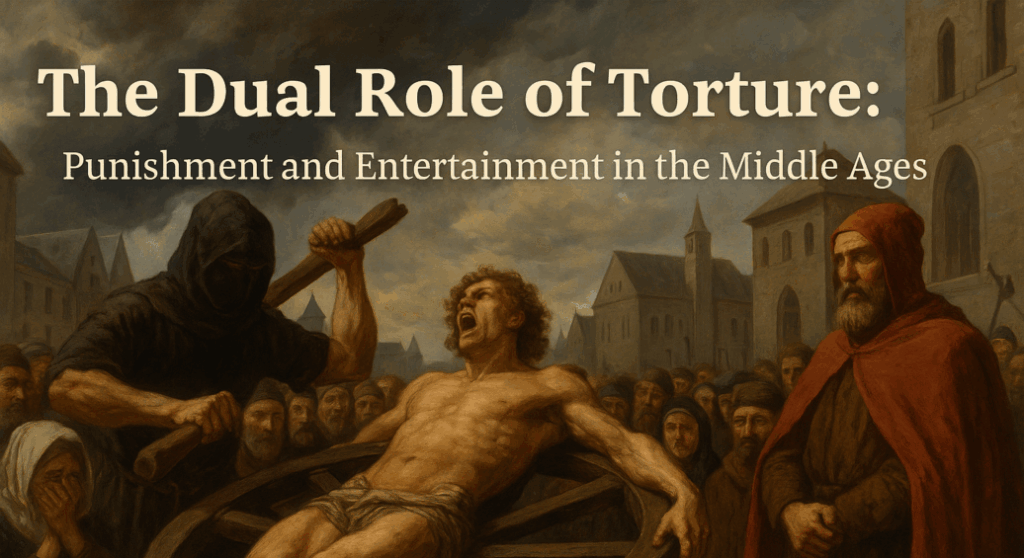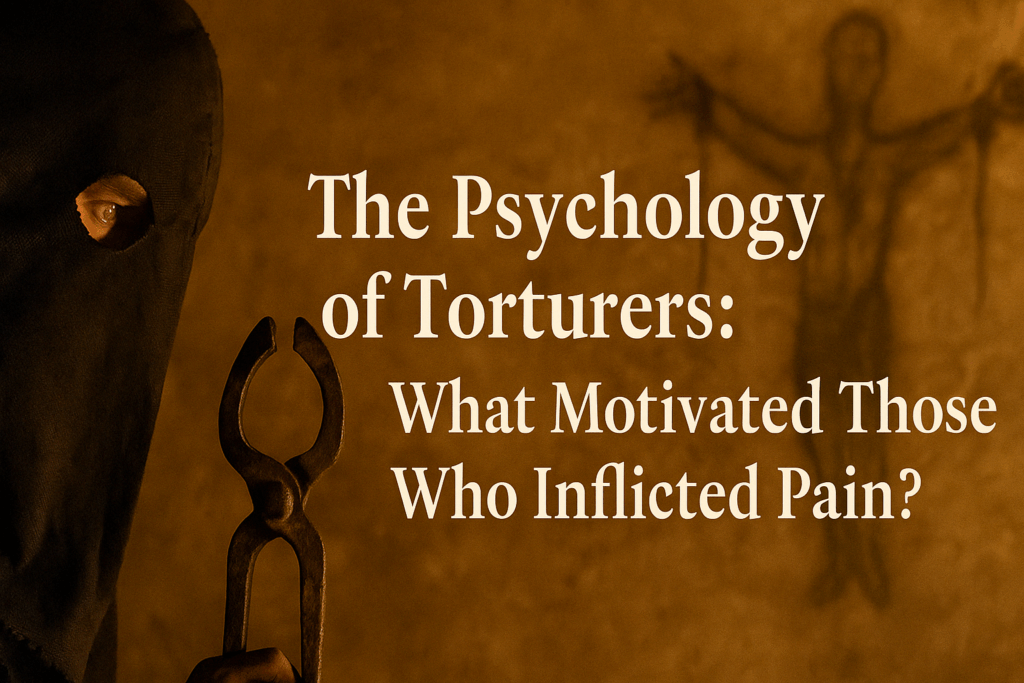In the medieval world, battles were not fought only on the battlefield. A more covert war unfolded in shadows and whispers-the world of espionage. Kings, queens, nobles, and religious leaders relied heavily on informants, spies, and secret agents to protect their interests and expand their power. But what happened when these agents were caught? Enter the dark alliance between torture and medieval intelligence gathering.
Unlike modern interrogation techniques, torture in medieval espionage was brutal, unfiltered, and designed to extract confessions by any means. Spies and suspected traitors were often captured and dragged into torture chambers, where lies, secrets, and confessions collided under excruciating pressure.
Interrogation in Medieval Times: A Ruthless Pursuit of Truth
The pursuit of truth through pain was a common principle in the Middle Ages. Authorities believed that a person could not lie under agony. Thus, interrogation in medieval times became synonymous with cruel punishment and creative torment. When spies were caught, their fate was rarely swift. They were held for days, sometimes weeks, and subjected to escalating methods of torture until they broke.
How torture was used for confessions was not about truth but submission. Spies often confessed to crimes they never committed, simply to end the agony. These broken confessions in medieval history were used to justify further executions, implicate others, or solidify power structures already in place.
The Tools of Extraction: Medieval Spy Torture Methods
Medieval torturers developed specific devices to deal with espionage cases. The medieval spy torture method was not random. Spies were often bound in stress positions, starved, and threatened before tools like thumbscrews, racks, and hot irons were introduced.
Some of the most feared methods included:
- The Rack – used to dislocate limbs, increasing pain with every turn.
- The Iron Boot – crushed feet and legs to force confessions.
- The Scavenger’s Daughter – compressed the entire body into unnatural positions.
These methods left physical and psychological scars, ensuring that even if a spy survived, they would never pose a threat again.
Secrets Revealed Through Medieval Torture
Whether real or fabricated, secrets revealed through medieval torture shaped alliances, ended wars, and toppled royal houses. The use of pain to extract intelligence was common in both political and religious circles. Medieval informants and torture were a deadly combination, as whispers often turned into screams behind closed doors.
Rulers were obsessed with loyalty and betrayal. Just the suspicion of collusion with a rival power could condemn someone to the torture chambers. Confessions would often be recorded and used as public justification for punishment, often followed by execution.
Lies and Truth Under Medieval Torture
Historians now question the accuracy of information gained through such means. The line between lies and truth under medieval torture was blurred. People would say anything to make the pain stop. In many documented cases, confessions contradicted one another or were later retracted-but the damage had already been done.
Still, in a world with no forensics, torture was seen as a viable method of intelligence extraction. It fed the cycle of fear, control, and silence.
From Dungeon to Display: Learning from the Past
To better understand this grim part of history, modern visitors can explore reconstructions and real artifacts at places like the Medieval Torture Museum in Chicago. The museum allows guests to walk through simulated interrogation scenes, explore the psychological tactics of medieval torturers, and learn how pain shaped power.
The Medieval Torture Museum in LA goes even deeper into this narrative. Interactive exhibits let you stand in the shoes of a prisoner or spy. You can observe torture devices up close and consider the human suffering behind every confession.
Looking for immersive places to visit in LA that combine history and dark intrigue? This museum is not just a walk through time – it’s a confrontation with our collective past.
For those closer to the Southeast, the Medieval Torture Museum in Saint Augustine offers another perspective. There, you can discover how torture in medieval espionage affected even the smallest villages and how power was maintained through brutality.
Explore More in Our Blog
To dig deeper into the stories of medieval spies and torture chambers, visit our blog. We cover rare cases, analysis of specific techniques, and how medieval espionage continues to influence modern thrillers and folklore.
Final Thoughts: The Price of Secrets
In a time when kings ruled through fear and religion dictated truth, espionage was a dangerous game, and torture was its darkest rule. These stories are not just tales of suffering-they’re warnings about what happens when power goes unchecked.
Understanding the role of torture in extracting secrets helps us see how history was shaped not just by heroes and wars, but by confessions, lies, and the people who whispered them through clenched teeth in candle-lit chambers. Today, these echoes remind us that truth, when forced, often comes at a terrible cost







